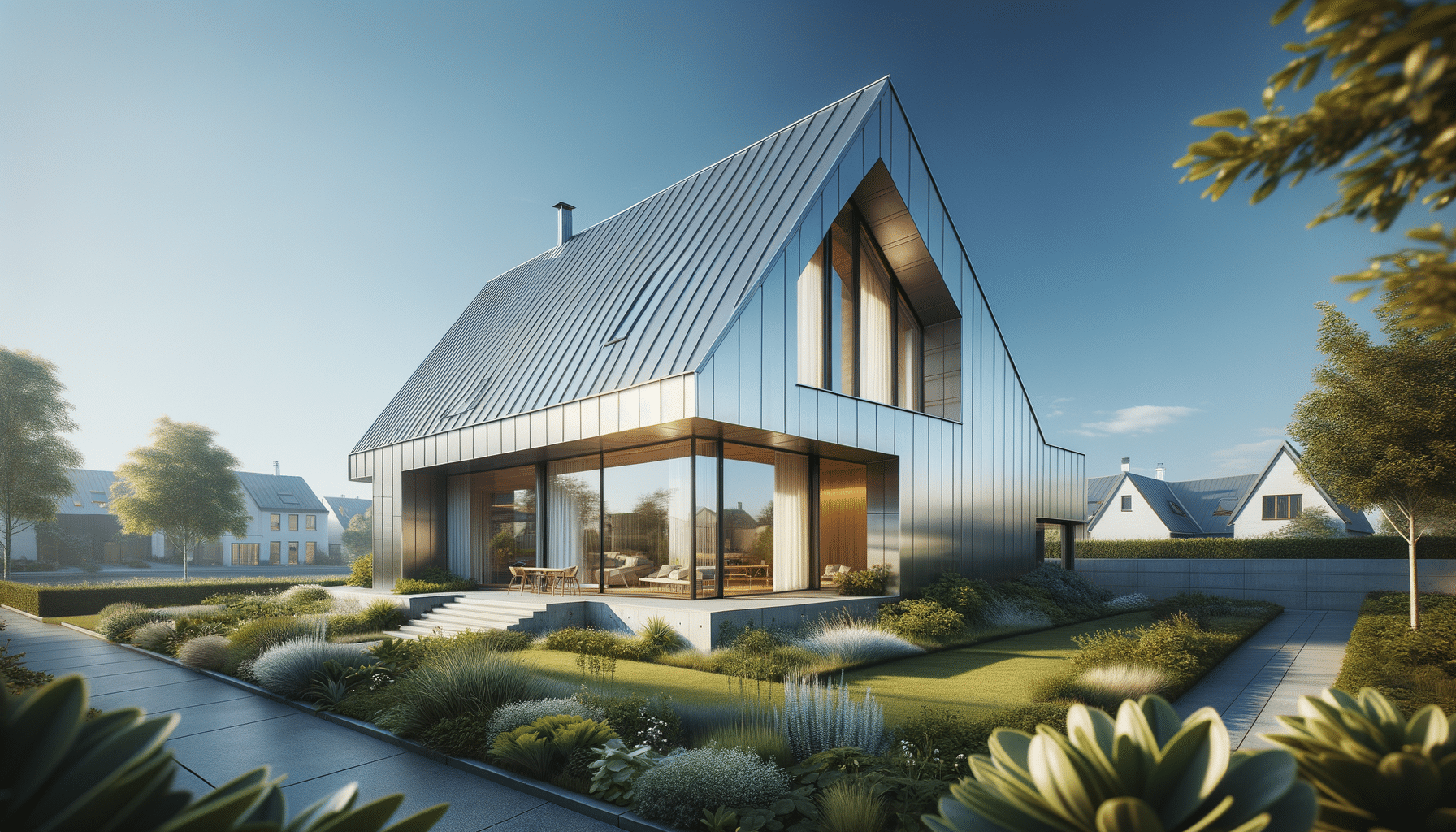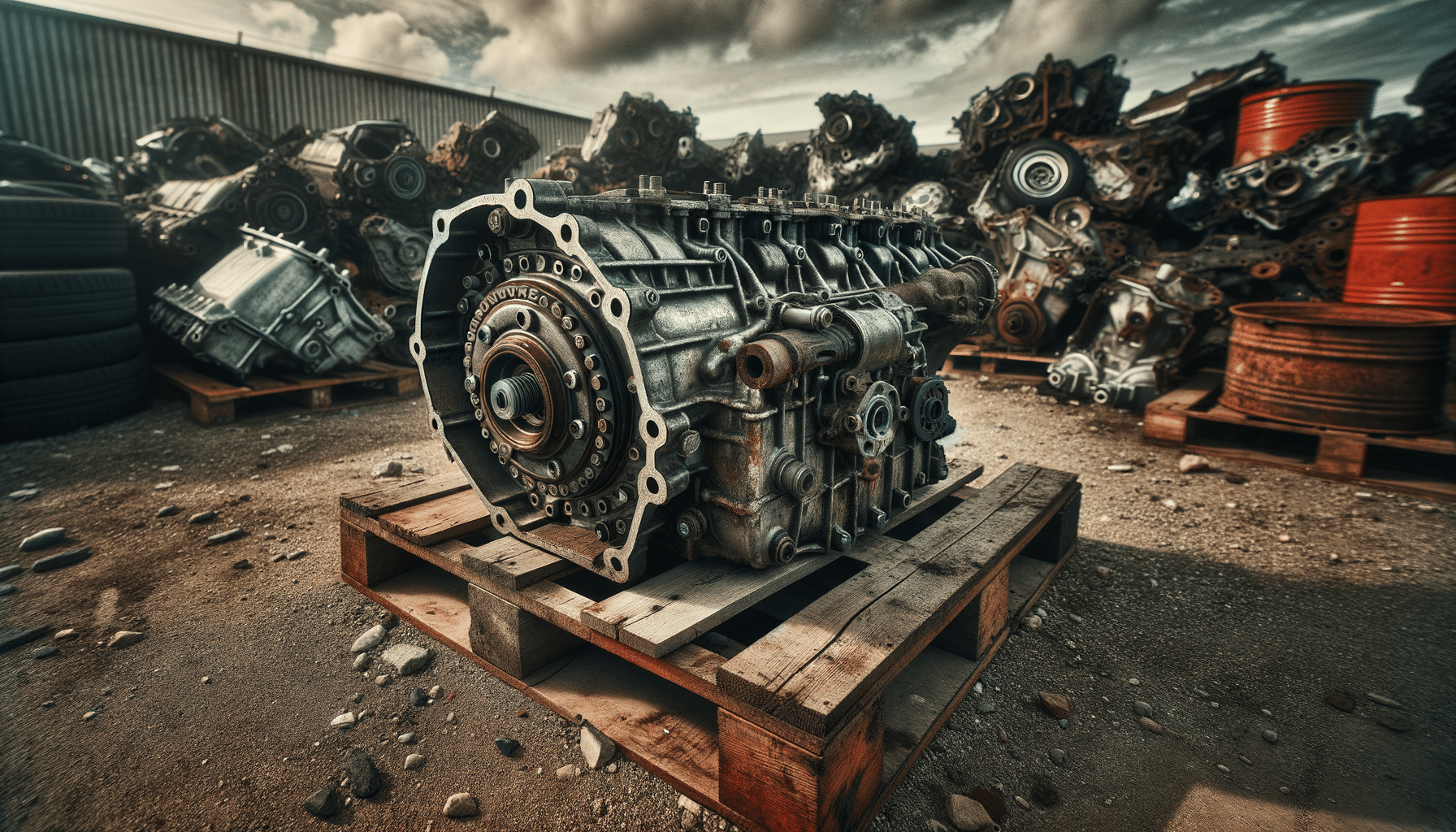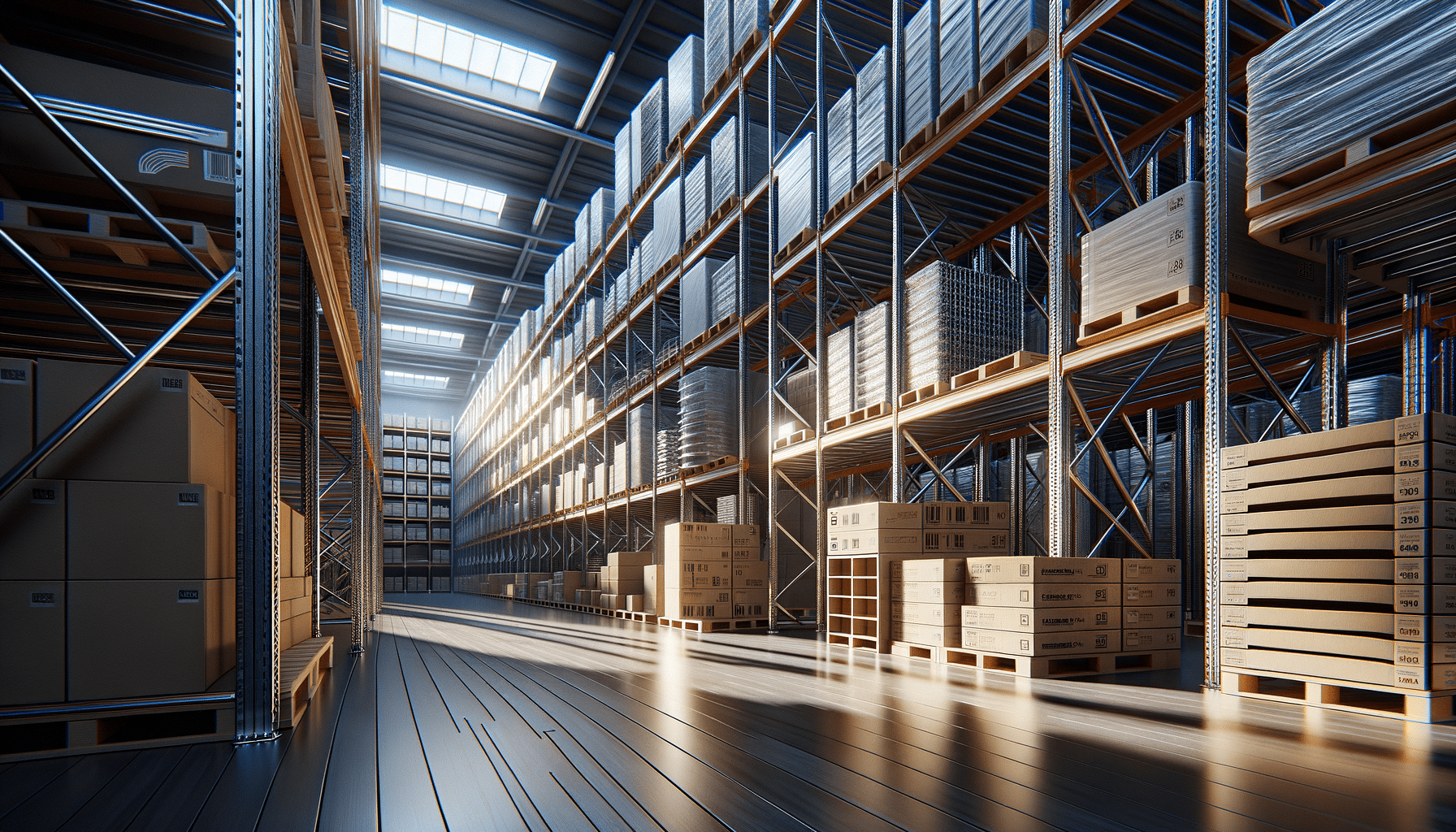
Exploring the Resilience and Benefits of Durable Steel Roofing
The Rise of Steel Roofing in Modern Architecture
In the realm of modern architecture, durable steel roofing has emerged as a highly regarded option for both residential and commercial buildings. Its growth in popularity can be attributed to its exceptional longevity, strength, and aesthetic appeal. Steel roofing is not only a practical choice but also a stylish one, offering a sleek, contemporary look that complements a variety of architectural styles.
One of the standout features of steel roofing is its durability. Unlike traditional roofing materials, steel can withstand extreme weather conditions, including heavy rain, snow, and wind. This resilience makes it an ideal choice for areas prone to harsh climates. Additionally, steel roofing is resistant to fire, pests, and rot, further enhancing its longevity and reducing maintenance costs over time.
Homeowners and architects are increasingly drawn to steel roofing due to its sustainability. Steel is 100% recyclable, and many steel roofs are made from recycled materials, making it an eco-friendly choice. Furthermore, the energy efficiency of steel roofing shouldn’t be overlooked. Reflective coatings can be applied to steel roofs to reduce heat absorption, leading to lower cooling costs during hot weather.
- Exceptional durability against extreme weather
- Fire, pest, and rot resistance
- Eco-friendly and recyclable
- Energy-efficient options available
Comparing Steel Roofing with Traditional Materials
When considering roofing options, it’s important to compare durable steel roofing with traditional materials like asphalt shingles, clay tiles, and wood shakes. Each material has its own set of advantages and shortcomings, but steel roofing stands out in several key areas.
Asphalt shingles are perhaps the most common roofing material due to their affordability and ease of installation. However, they typically have a shorter lifespan and require more frequent maintenance compared to steel roofing. On the other hand, clay tiles offer a unique aesthetic and are quite durable, but they are also heavy and can be expensive to install.
Wood shakes provide a natural look that some homeowners prefer, but they are susceptible to fire and require significant upkeep to prevent rot and insect damage. In contrast, steel roofing offers exceptional resistance to these issues while also being lighter and easier to install than clay tiles.
- Longer lifespan compared to asphalt shingles
- Lighter and easier to install than clay tiles
- Less maintenance required than wood shakes
- Cost-effective over time due to durability
Installation Process and Considerations
The installation of durable steel roofing is a meticulous process that requires professional expertise to ensure optimal performance. While the initial cost of steel roofing can be higher than some traditional materials, the long-term benefits often justify the investment.
Before installation, it’s crucial to assess the existing roof structure. Steel roofing is generally lightweight, but the roof’s integrity should still be evaluated to ensure it can support the new material. Additionally, proper underlayment is essential to prevent moisture penetration and enhance insulation.
The installation process involves laying down the steel panels or shingles, securing them with fasteners, and sealing the seams to prevent water intrusion. It’s important to choose a qualified and experienced contractor to handle the installation, as precision is key to maximizing the roof’s lifespan and effectiveness.
- Professional assessment of roof structure
- Importance of proper underlayment
- Precision in panel installation and sealing
- Choosing a skilled contractor for the job
Cost Analysis and Long-Term Savings
Investing in durable steel roofing may come with a higher upfront cost compared to more traditional options, but it’s important to consider the long-term savings and benefits. Steel roofing’s durability means it requires fewer repairs and replacements over time, translating to cost savings for homeowners.
Moreover, steel roofing can enhance a property’s value. Prospective buyers often view steel roofs as a premium feature due to their longevity and low maintenance requirements. This can be a significant advantage if you plan to sell your home in the future.
Energy efficiency is another area where steel roofing can lead to financial savings. Reflective coatings can reduce energy consumption by keeping homes cooler in the summer, lowering air conditioning costs. Additionally, some regions offer tax incentives for installing energy-efficient roofing materials, further offsetting initial expenses.
- Reduced repair and replacement costs
- Increased property value
- Potential tax incentives for energy efficiency
- Lower energy bills due to reflective coatings
Conclusion: The Future of Steel Roofing
As we look towards the future, durable steel roofing is poised to remain a popular choice for homeowners and builders alike. Its combination of strength, sustainability, and aesthetic versatility makes it a compelling option for those seeking a reliable roofing solution.
While initial costs may be higher, the long-term benefits of steel roofing, including reduced maintenance, energy savings, and increased property value, make it a wise investment. As technology advances, we can expect to see further innovations in steel roofing materials and installation techniques, enhancing their appeal even more.
For anyone considering a new roof or a replacement, exploring the advantages of durable steel roofing could be a decision that pays dividends for years to come.
- Continued popularity in construction
- Long-term investment benefits
- Potential for future innovations
- Wise choice for new and replacement roofs


